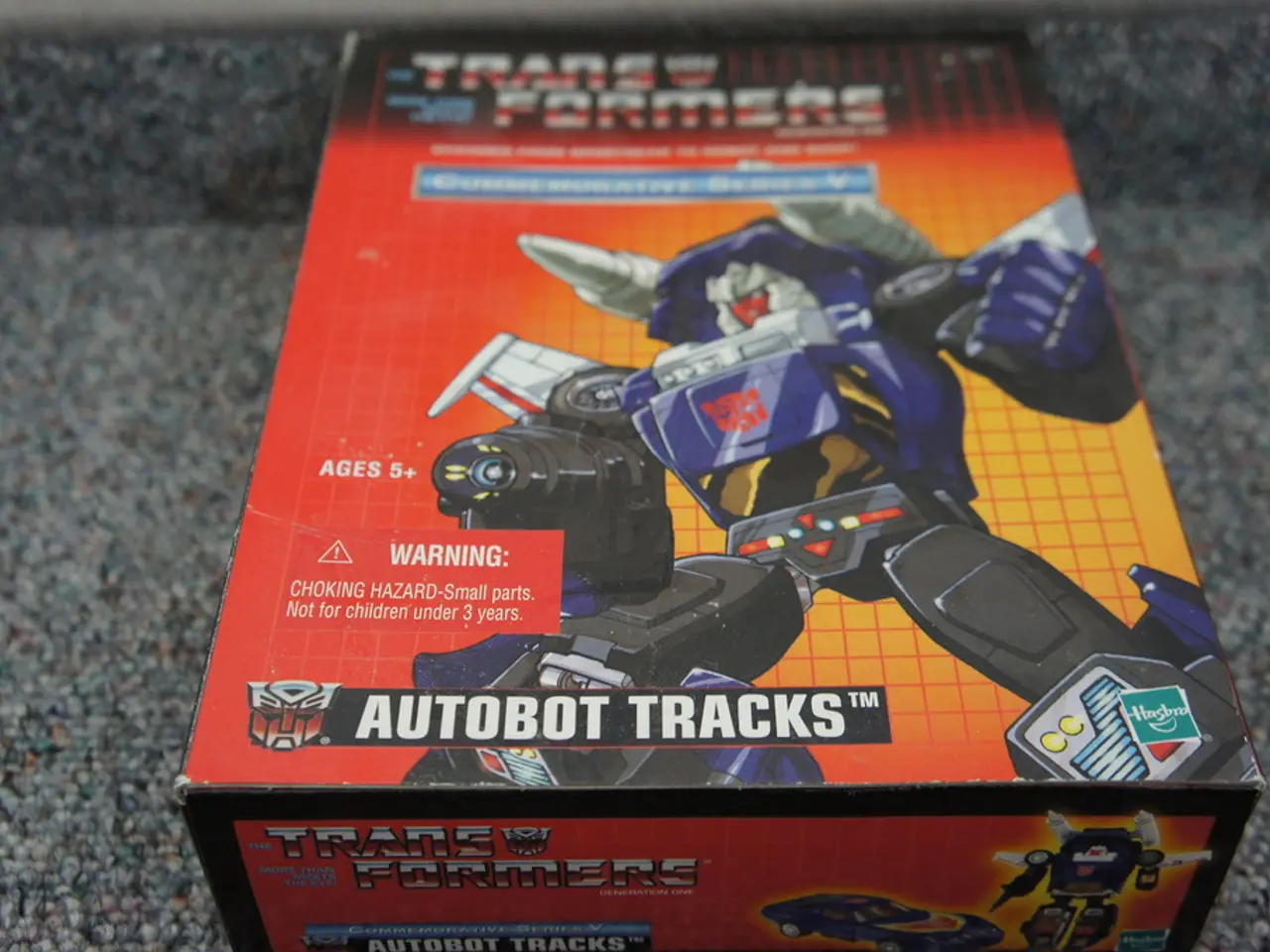Automating tasks without the complexities: An exploration into Robotic Process Automation
Streamlining Digital Operations with Robotic Process Automation (RPA)
Robotic Process Automation (RPA) is a technology that's revolutionizing the way institutions handle repetitive, rule-based tasks within digital systems. By using software bots to mimic human actions, RPA offers faster execution, higher accuracy, and unwavering reliability[1][2][3].
In digital operations, RPA serves as a bridge between legacy and modern systems, streamlining and accelerating routine processes. It improves operational efficiency, reduces human errors, and frees up employees to focus on higher-value, strategic activities[1][3][5]. Common applications of RPA include onboarding, invoice processing, ETL processes, payment reminders, banking process automation, and customer care automation[6].
The suitability of RPA lies in its ability to handle tasks that are rule-based, have a single correct output, and are repetitive. However, it's important to note that RPA targets a limited range of business processes due to its lack of intelligence and decision-making capability. For tasks that are not fully rule-based, Cognitive RPA—a combination of RPA with AI—opens new opportunities for automation[4].
RPA operates on the front-end of systems and emulates human actions, such as logging into applications, entering data, performing calculations, and communicating between systems. Despite its limitations, RPA can be used for full automation, human-in-the-loop solutions, and automating segments of processes[7].
However, RPA is not without its challenges. Updating RPA can be a challenge, especially for immature systems and processes. Monitoring procedures are necessary to verify the correct functioning of RPA over time. Additionally, while RPA does not intrude on existing systems, it requires human intervention in digital operations[8].
Despite these challenges, the benefits of RPA are undeniable. RPA supports digital transformation initiatives by increasing speed, scalability, and accuracy while lowering costs. It's no wonder that RPA has been identified as the fastest-growing enterprise software by Gartner[9]. Furthermore, fusing RPA with AI is of interest to the data science community, as it creates an ecosystem where machine learning algorithms can be optimized[10].
In conclusion, RPA serves as a practical execution engine within digital operations designed to automate repetitive workflow tasks, enhancing productivity and enabling businesses to operate more efficiently and responsively in a digital-first environment[1][5]. It's an excellent solution for institutions with large numbers of legacy systems and substantial human capital spent on repetitive, rule-based tasks. As humanity continues to strive for solutions to enhance productivity, RPA remains an indispensable tool in the digital age.
[1] https://www.forbes.com/sites/insights-bycapgemini/2020/05/13/the-future-of-work-how-rpa-is-transforming-digital-operations/?sh=574e8262409a [2] https://www.mckinsey.com/business-functions/mckinsey-digital/our-insights/robotic-process-automation-a-primer [3] https://www.deloitte.com/us/en/insights/topics/digital-transformation/robotic-process-automation.html [4] https://www.forbes.com/sites/insights-bycapgemini/2020/05/13/the-future-of-work-how-rpa-is-transforming-digital-operations/?sh=574e8262409a [5] https://www.forbes.com/sites/insights-bycapgemini/2020/05/13/the-future-of-work-how-rpa-is-transforming-digital-operations/?sh=574e8262409a [6] https://www.mckinsey.com/business-functions/mckinsey-digital/our-insights/robotic-process-automation-a-primer [7] https://www.mckinsey.com/business-functions/mckinsey-digital/our-insights/robotic-process-automation-a-primer [8] https://www.deloitte.com/us/en/insights/topics/digital-transformation/robotic-process-automation.html [9] https://www.gartner.com/en/newsroom/press-releases/2020-02-12-gartner-says-worldwide-robotics-process-automation-software-market-to-grow-18-8-percent-in-2020 [10] https://www.mckinsey.com/business-functions/mckinsey-digital/our-insights/robotic-process-automation-a-primer
The integration of Robotic Process Automation (RPA) in digital operations facilitates the automation of various business processes, including finance, such as banking process automation, and customer care automation. As RPA continues to evolve, the fusion with Artificial Intelligence (AI) extends its capabilities, enabling the handling of tasks that are not fully rule-based, thereby expanding the range of applications in industries like technology and business.




